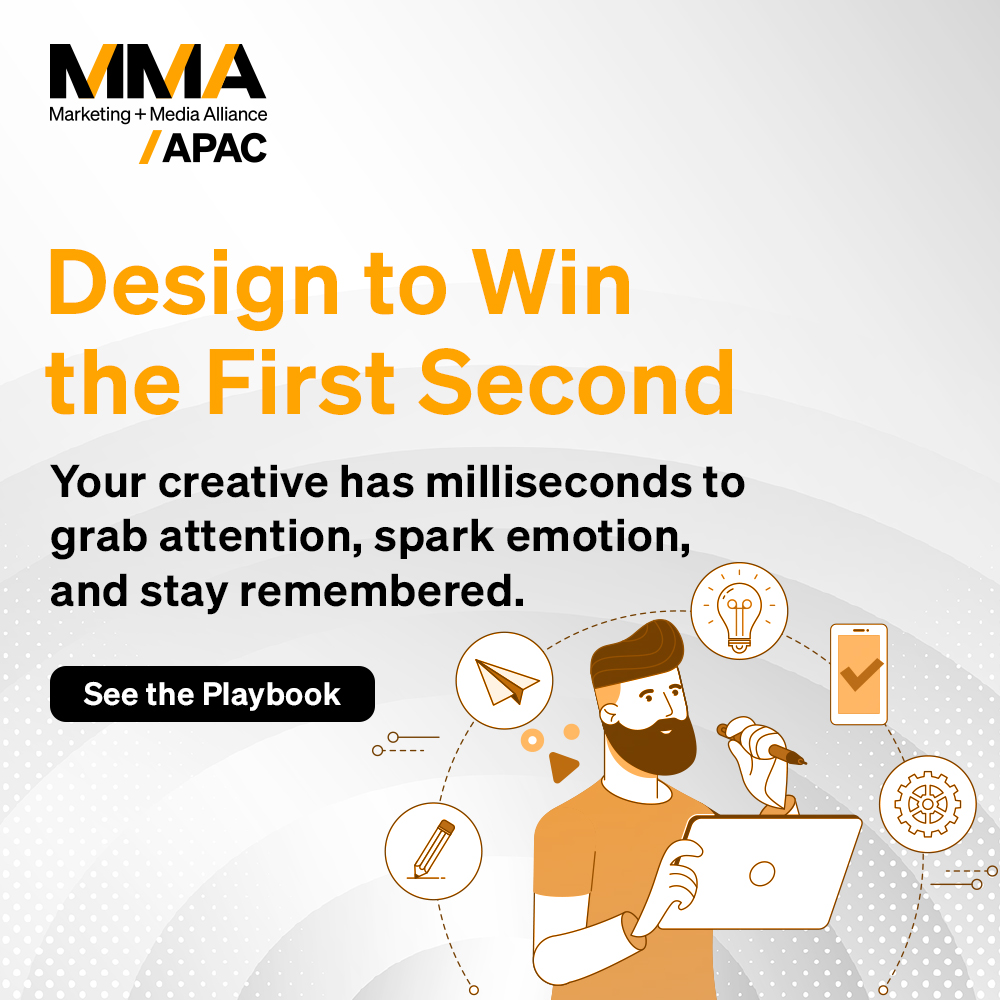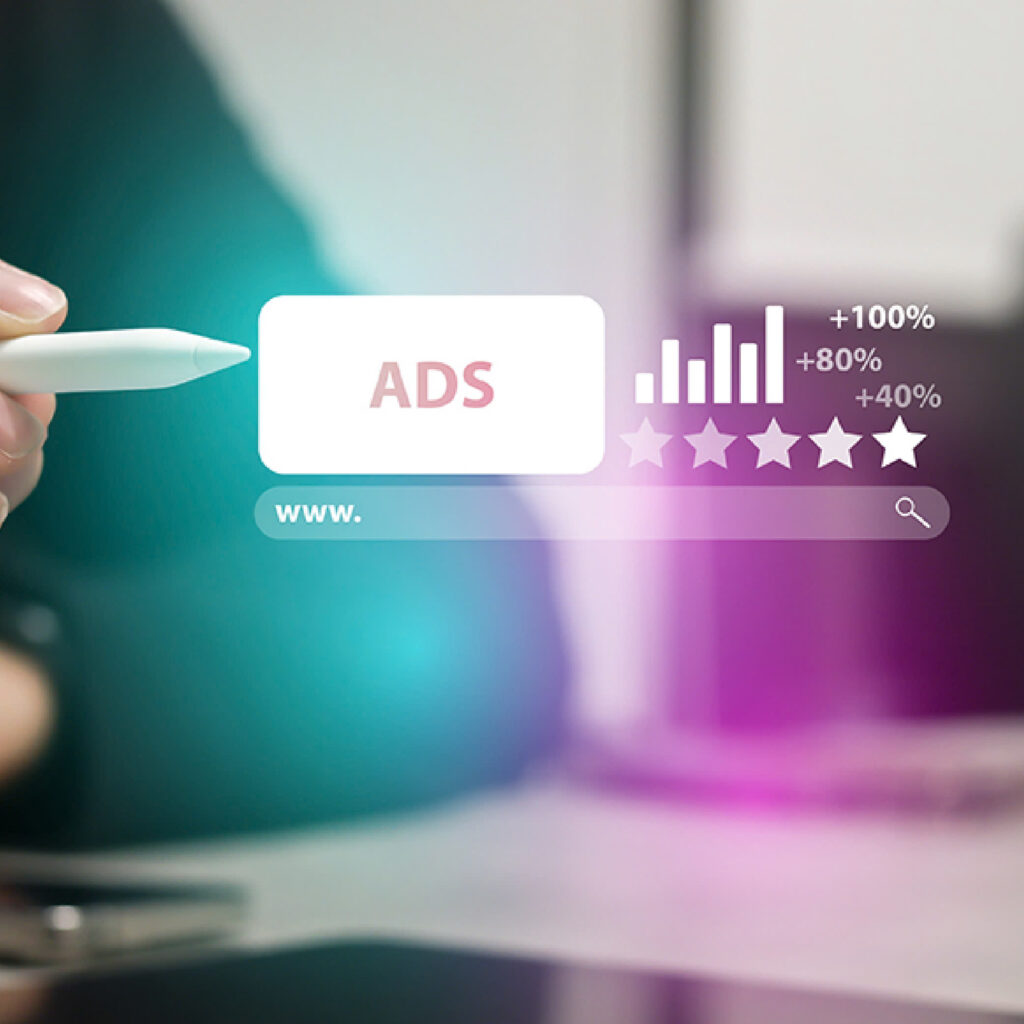
In 2025, personalization is no longer a marketing differentiator – it’s a growth lever. Yet despite widespread AI adoption, many brands still struggle to connect personalization efforts to meaningful ROI.
The gap isn’t technology. It’s approach.
This article explores how leading marketers are moving beyond rule-based targeting to build more adaptive, intelligent systems and how MMA Global’s Consortium for AI Personalization is helping them operationalize that shift across APAC.
Rethinking Personalization: From Rules to Intelligence
Much of what brands call AI personalization today still runs on rule-based logic. Think static segments, predefined journeys, and manual triggers. Familiar? Yes. Effective at scale? Not so much.
The smarter path lies in AI-first personalization systems – those that learn and adapt based on real-time behavior, not assumptions.
This rethinking of personalization is at the heart of MMA Global’s Consortium for AI Personalization: an initiative designed to evaluate how AI-driven personalization frameworks can outperform traditional methods. By focusing on contextual relevance and adaptive learning, the consortium is helping define what effective personalization should look like in today’s environment.
For marketers, this shift isn’t just about applying new tools, it’s about designing systems that can continuously interpret behavior, respond to context, and deliver performance at scale.
From Segments to Signals: The Early Impact of AI Clustering
Brands that have adopted AI-driven clustering techniques are beginning to see real performance gains.
Instead of relying on static segments, marketers are using behavioral patterns to group audiences dynamically—responding to context, preferences, and actions in real time. This shift isn’t just more relevant—it’s more effective.
Early experiments within the Consortium for AI Personalization have shown performance improvements of up to 195% over traditional personalization methods. Across sectors, from retail to telecom, brands are reporting higher engagement, lower media waste, and faster time to insight.
It’s clear: AI-first personalization isn’t just technically superior. It’s smarter.
Inside the Engine: How Clustering Is Redefining Personalization Logic
At the core of this shift toward scalable AI personalization are techniques that group customers not by assumptions, but by behavior. One of the most practical approaches? Clustering.
Unlike traditional segmentation, which relies on fixed demographic or transactional rules, clustering algorithms dynamically group individuals based on shared patterns—be it content consumption, purchase paths, or engagement signals.
Two foundational techniques are gaining traction among forward-leaning marketing teams:
- K-modes clustering: This method works especially well with categorical data (like product preferences, subscription types, or service usage patterns). It allows marketers to discover natural audience clusters that evolve with behavior—unlocking more relevant content, offers, and timing.
- One-hot encoding: Before clustering can happen, the data needs to be machine-readable. One-hot encoding converts categorical variables into a structured format that algorithms can process—ensuring cleaner inputs and more accurate personalization outputs.
Proof in Practice: How AI Personalization Is Driving ROI
Early experiments from MMA Global’s Consortium for AI Personalization reveal that AI-powered personalization isn’t just more scalable, it’s significantly more effective.
Across seven brand studies, the average improvement in key marketing KPIs was +195%, with standout results across formats and industries:
- Kroger saw a +259% increase in webpage visits through personalized display ads, leveraging over 70 creative versions and open web behavioral signals.
- Monday.com reported a +188% uplift in website visits and app installs using AI-optimized audio creative—driven by real-time interaction patterns and contextual variables like device and daypart.
- Shell drove a 161% increase in app registrations (UK) through personalized display ads, using a model informed by timing, device, and media consumption signals.
Conclusion
Personalization has come a long way from simple rules and static segments. As this article has shown, brands today are building AI-powered systems that group audiences dynamically, respond to context in real time, and drive significantly better outcomes across channels and formats.
The early data is hard to ignore with brands participating in MMA Global’s Consortium for AI Personalization seeing significant lifts in key performance metrics, thanks to scalable, model-driven approaches that go beyond conventional targeting.
But the real shift isn’t just technical—it’s strategic.
Marketing organizations must treat personalization not as a campaign feature, but as a core capability—one that requires the right architecture, data foundations, and collaborative experimentation.
That’s exactly what the Consortium enables: a structured path for marketers to explore, test, and embed AI-led personalization at the speed of business.



















